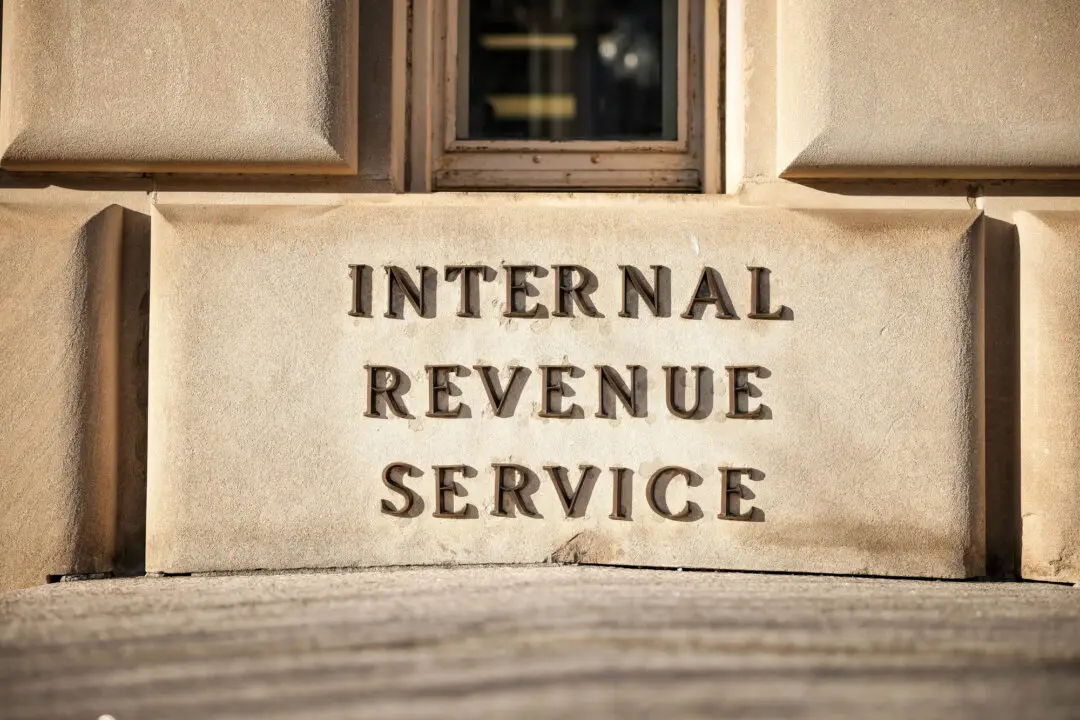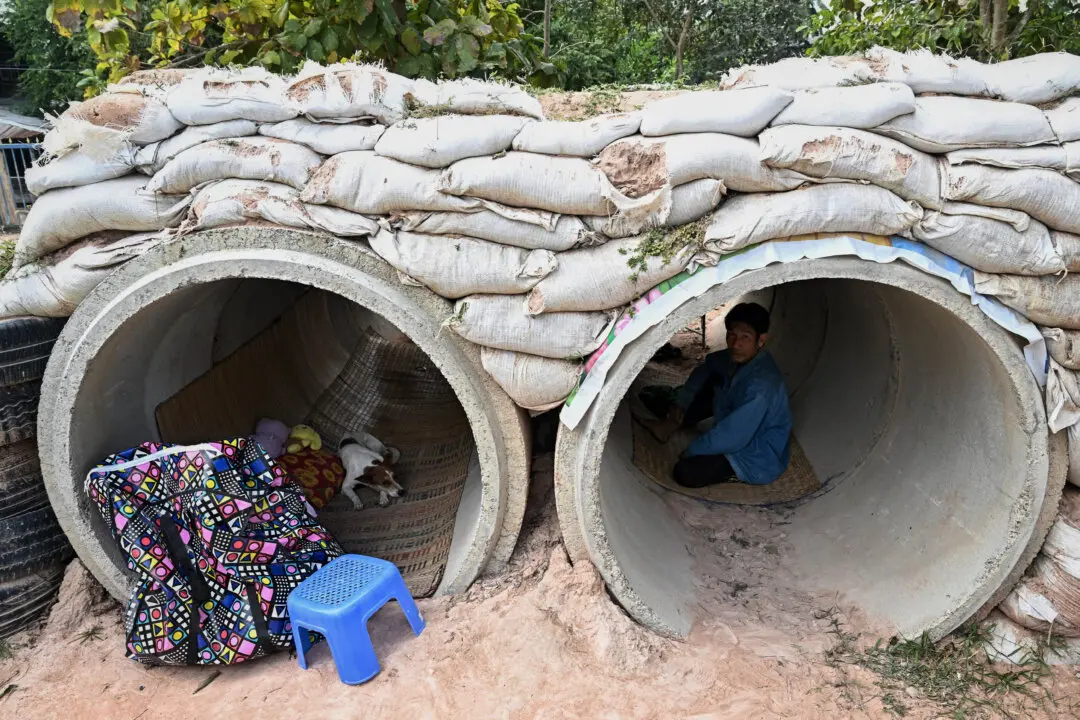Two at-risk nuclear power plants located directly in Hurricane Florence’s path of destruction are among the sixteen plants in Virginia and the Carolinas that are bracing for impact.
“The time to prepare is almost over,” North Carolina Governor Roy Cooper told a morning news conference on Sept. 12. “Disaster is at the doorstep and it’s coming in.”




